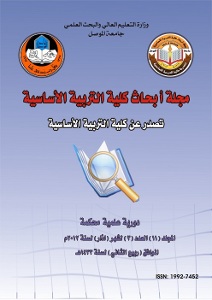The function of the Sultanate’s Prosecution in Egypt and the Levant through the book Tadhkirat al-Nabih by Ibn Habib al-Halabi, who died (779 AH)
الملخص
The Mamluk era witnessed many institutions, jobs, and administrative positions, especially in the era of the Qalawun dynasty (678 AH - 784 AH / 1279 - 1382 AD), as their era was known for the strength, prosperity, and security that characterized that era at the internal and external levels. The Sultans’ interest in developing institutions at all levels also emerged. That era was truly an element of great civilizational development in governance and administration systems, which was required by the modernity of the Mamluk experience in governance on the one hand, and the expansion of the state and the multiplicity of its regions on the other hand.The position of deputy is considered one of the important positions in the administrative ladder in the Mamluk era, because this position has broad powers in the state, as he disposes of state affairs in the presence or absence of the Sultan. This position was divided into several deputies, including the deputy of the guardian, whose duties include assisting the Sultan in state affairs and acting on his behalf. In his absence, the Deputy of Absence represents the Sultan and the Deputy of the Kafel when they are absent from the state, in addition to the representatives of the regions who are associated with the Sultan and perform their duties and implement the Sultan’s directives and decisions, and other divisions of the Sultanate’s representation.In both Egypt and the Levant
